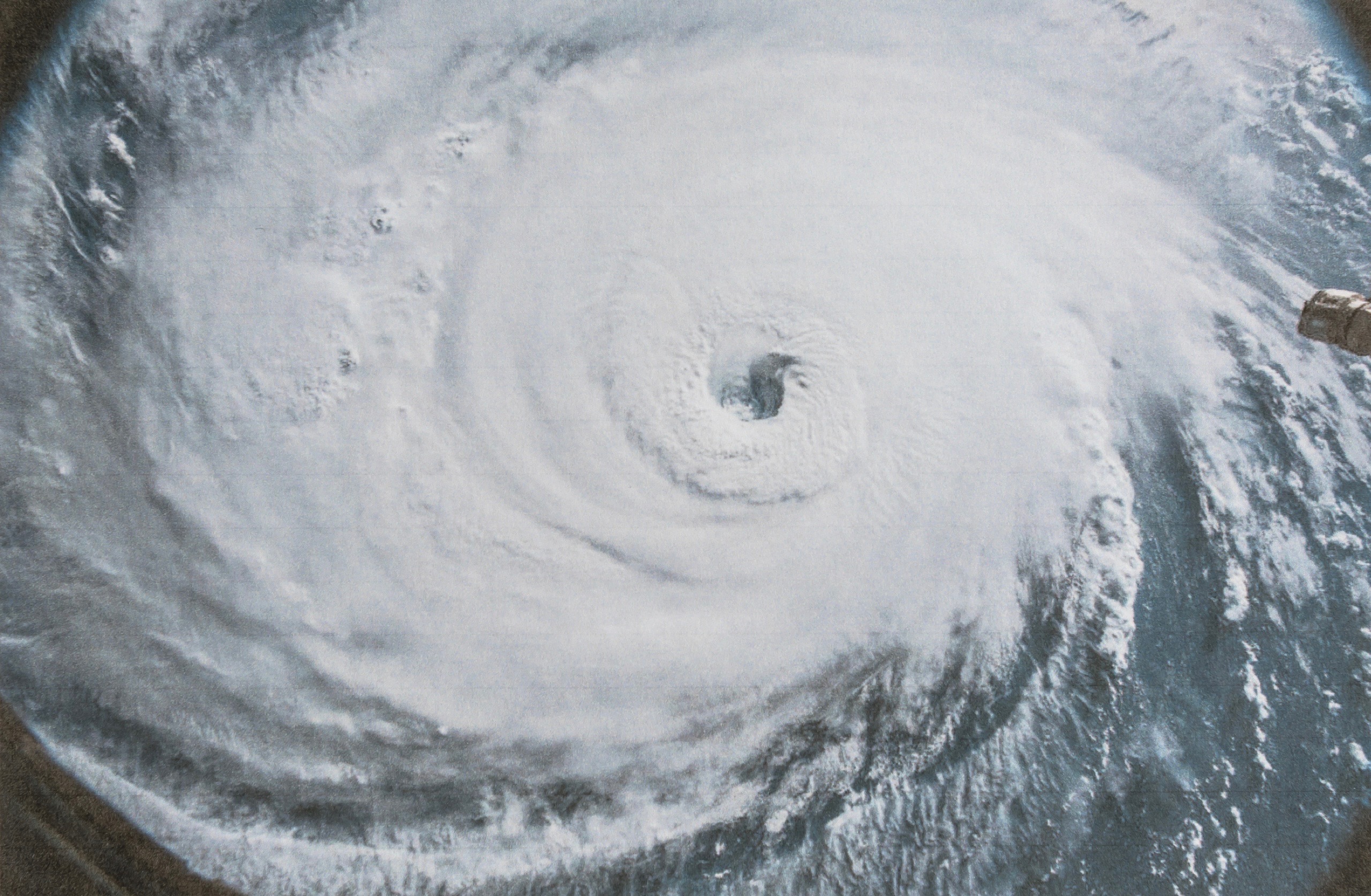Hurricanes, also known as cyclones or typhoons, are immense weather situations characterized by powerful winds, heavy rains, and relentless storm surge flooding. Making them one of the most formidable natural phenomena on Earth. Because of these characteristics, hurricanes have traditionally been seen as a dreadful and destructive force, leaving behind nothing but a trail of devastation in its wake. After all, their ability to disrupt the supply chains, foment accidents, and destroy property has cost communities billions. Flooding, fallen trees, and wind damage individually can cause extensive losses, especially regarding power generation.
Damage to natural gas and fossil fuel facilities alone can significantly reduce electricity generation during and after a storm, leading to countless losses and accidents. Yet, hidden within the fury of these massive storms lies a potential source of renewable energy that, if harnessed responsibly, could offer a silver lining amidst the chaos. What better way to make the most of what we have than to explore the remarkable power of hurricanes and the evolving technology aimed at harnessing their energy for the betterment of our planet?
Technology and the Quest for Harnessing Hurricane Energy
In recent years, cutting-edge technology has revolutionized our ability to collect crucial data on hurricanes, enhancing our understanding and preparedness for these powerful storms. Advanced remote sensing instruments, such as hurricane-tracking satellites equipped with specialized sensors, now provide real-time imagery and atmospheric measurements. These satellites enable meteorologists to monitor a storm’s development, track its path, and predict its intensity with newfound accuracy. Additionally, sophisticated unmanned aerial vehicles (UAVs), or drones, are being deployed into the heart of hurricanes, gathering critical data on wind speeds, temperature gradients, and atmospheric pressure. These technological advancements not only aid in forecasting the behavior of hurricanes but also contribute to more effective disaster response efforts, ultimately helping to safeguard vulnerable communities in the storm’s path.
As far as capturing the energy potential of hurricanes goes, several innovative technologies have emerged on the horizon. One such concept involves using specially designed offshore wind turbines capable of withstanding hurricane-force winds. These turbines are anchored to the ocean floor, and aim to generate electricity through the powerful winds that drive their blades throughout a storm, providing a clean and renewable energy source to help power the city. Some researchers are even exploring the possibility of converting the temperature differential between the warm surface waters of the ocean and the cooler waters below into electricity. This concept, known as Ocean Thermal Energy Conversion (OTEC), has the potential to tap into the vast energy reservoirs present in hurricane-prone regions.
New technology can be very exciting, however, it’s crucial to emphasize that the pursuit of hurricane energy as a renewable resource is not without its challenges and ethical considerations. Implementing such technologies must prioritize safety, environmental impact, and the well-being of local communities. The practicality and economic viability of these innovations are subjects of ongoing research and development. Ultimately, the best thing people who live in hurricane-prone regions can do is get involved. The planet needs more energy professionals in the field to get the job done right. Are you interested in pursuing an energy career? Visit Smart Energy Education to discover energy courses, scholarships, and more! Also, don’t forget to follow us on Facebook for weekly updates on events, blogs, and other opportunities.
To learn more about the impact of natural disasters on energy infrastructure, check out the following video from PBS.


